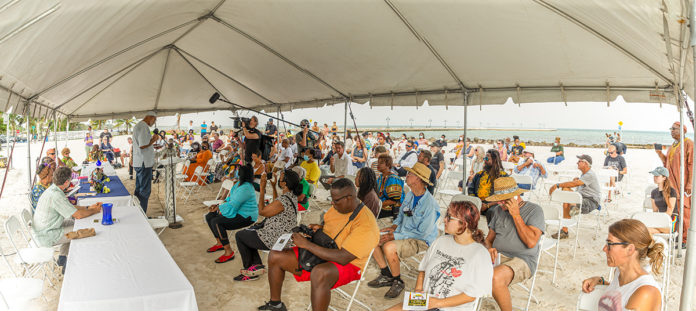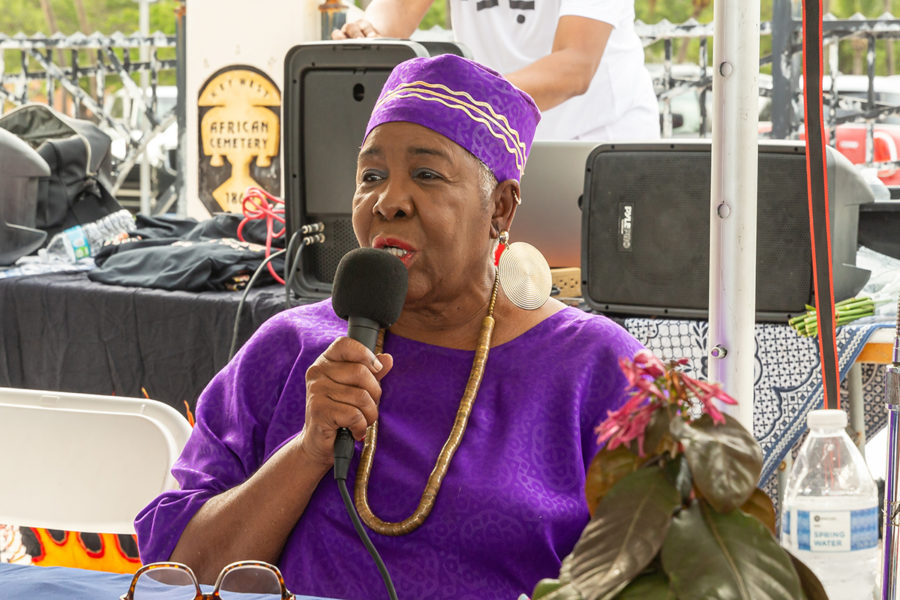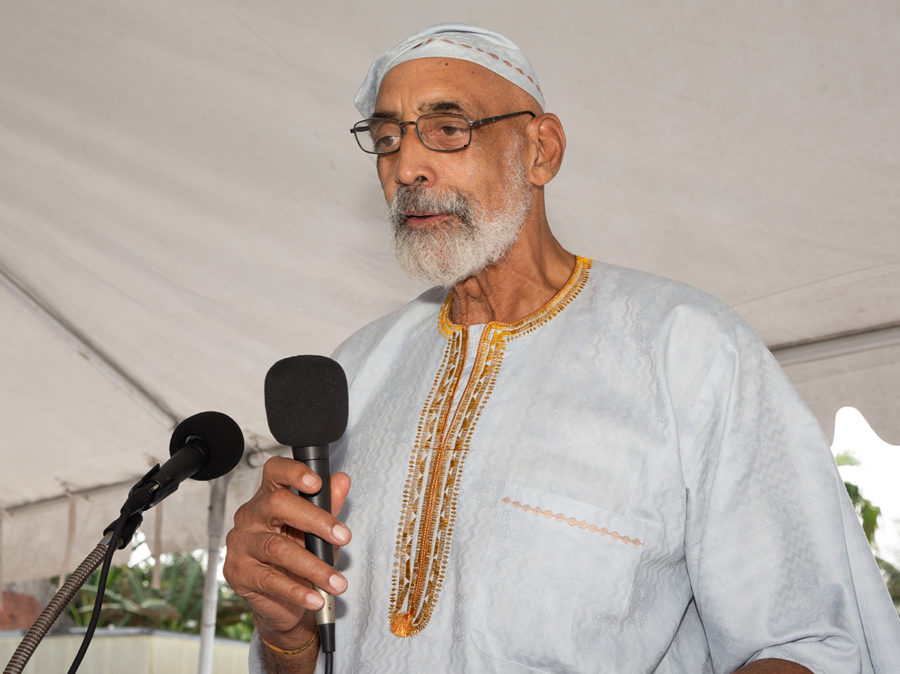
For generations, American schoolchildren learned that the Emancipation Proclamation, issued by President Abraham Lincoln on Jan. 1, 1863, freed the slaves. But that’s not accurate. The proclamation only freed slaves in the Union. With the Civil War still in progress, Confederate states did not abide by Union laws.
Slavery continued in the Confederacy until Gen. Robert E. Lee surrendered at Appomattox, Virginia on April 9, 1865, ending the war and putting the Emancipation Proclamation into effect for all. But it took two months for word to spread.
On June 19, 1865, Union Gen. Gordon Granger reached Galveston, Texas, and informed the enslaved African-Americans there that the war had ended and they were free.
The day became known as Juneteenth and has been celebrated ever since as the true end of slavery in America, because freedom without knowledge of it was no freedom at all.























